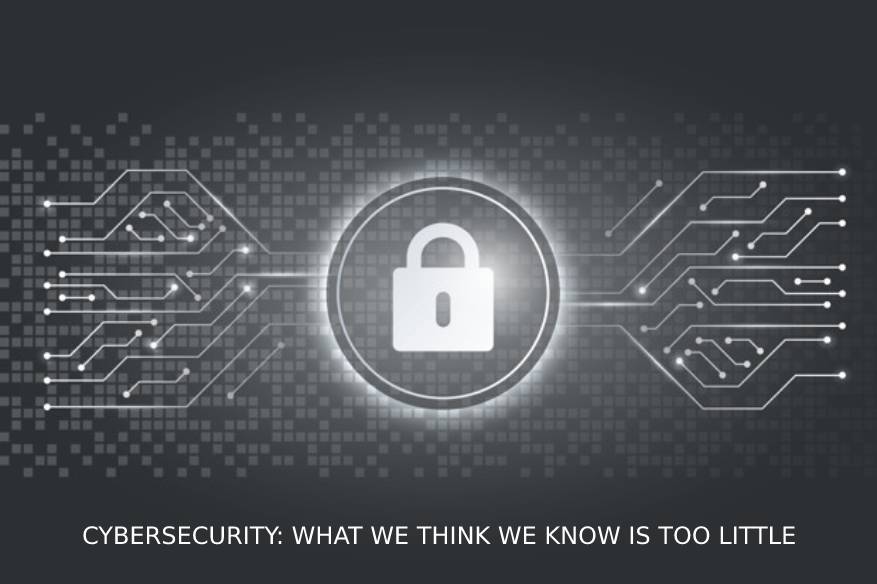Cybersecurity: What We Think We Know Is Too Little

Let’s justify the heading with this example. In the world of technology, floppy disks, beta max, and portable PDAs we have bid goodbye to them. Remember at one time it was an innovative technology, and today it is replaced by something better: the place of diskettes was taken by hard drives, external drives, USB drives and then into cloud services. The Betamax hit DVD, then DVR and Netflix. And the handheld PDAs were surpassed by cell phones. Game over.
Your corporate network could be following next, but why?
Why are cybersecurity solutions like floppy disks?
It’s very likely that your organization uses a standard cybersecurity approach that allows unknown files and applications to access your corporate networks. It seems like a good idea, but allowing them has its terrible side effects, including cyber hackers quickly and easily invading corporate networks and stealing corporate secrets. Retaining the standard setting can cost you to lose your company’s data, a massive breach that costs millions, or even the total elimination of your network and business in the event of a zero-day or a major ransomware attack.
And just like the floppy, the ‘Standard Allow’ has already been replaced by something better in the market, the Zero Trust architecture. You can make the decision to move forward today. Here’s why you should
What Is a Zero Trust Architecture?
A zero trust architecture is a set of systems to arm the cyber defences. As a mindset, your IT team decides that no file or application is safe until it’s reviewed. As a set of IT systems, Zero Trust transmits security only from the perimeter of the entire network, including endpoints, LAN, web, and cloud.
Zero Trust Architecture- How it Works?
With a zero trust architecture, you should always check them to avoid violations.
The market’s leading endpoint protection platform help companies achieve a zero-trust architecture by always checking 100% of the unknown files. When an unknown file is executed on an endpoint, the files are immediately placed in a container while users experience uninterrupted productivity. While the unknown file is included, the file is statically and dynamically analyzed in the cloud and by human experts, with 95% of thorough checking in less than 45 seconds and the remaining 5% in less than 4 hours. No harm can be done while the file is in the containment. Once verdicted, the file is treated accordingly. The process is unrecognizable to your workforce because users can run files and applications immediately while they are in the cloud and analyzed. Therefore, there is no loss of productivity or a change in the user experience.
If the cloud analysis is not 100% sure about the file; if it is safe or harmful in 45 seconds, it is immediately sent to a human analyst to quickly review and determine.
Why is a zero-trust architecture important?
You simply cannot count on your staff to avoid phishing emails or your IT teams to spot threats. They cannot compete if they are bombarded with attacks, nor should they have to.
You can empower your network, your IT team, and your workforce with a “zero-trust” mentality and the architecture that supports them.
Your business is too critical to break down due to ransomware, data theft, or other forms of network exploitation that are enabled by ‘default allow’.
It’s time for Default Allow to go extinct like the floppy disks.
Learn now how to use Advanced Endpoint Protection and to create a zero trust architecture.